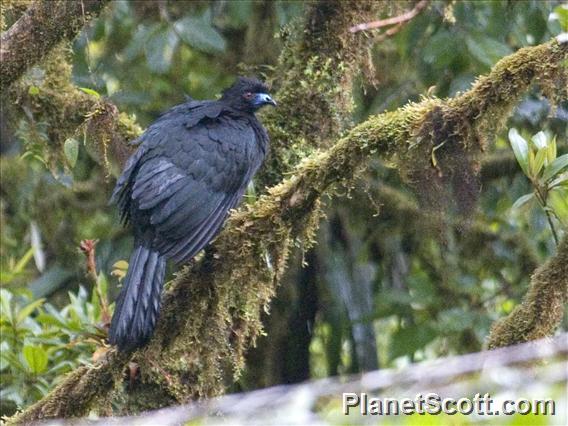Black Guan (Chamaepetes unicolor)

Black Guan (Chamaepetes unicolor)
×


Black Guan (Chamaepetes unicolor)
About Black Guan (Chamaepetes unicolor)
- Kingdom: Animals
- Phylum: Chordates
- Class: Birds
- Order: Turkey-like birds
- Family: Chachalacas, Guans, and Curassows
The black guan is a species of bird in the chachalaca, guan, and curassow family Cracidae. It is found in Costa Rica and Panama.
Source: Wikipedia
Lifelists
Trips
Visits
-
2009-02-21
Reserva Monteverde, Costa Rica -
2009-02-22
Reserva Santa Elena, Costa Rica -


